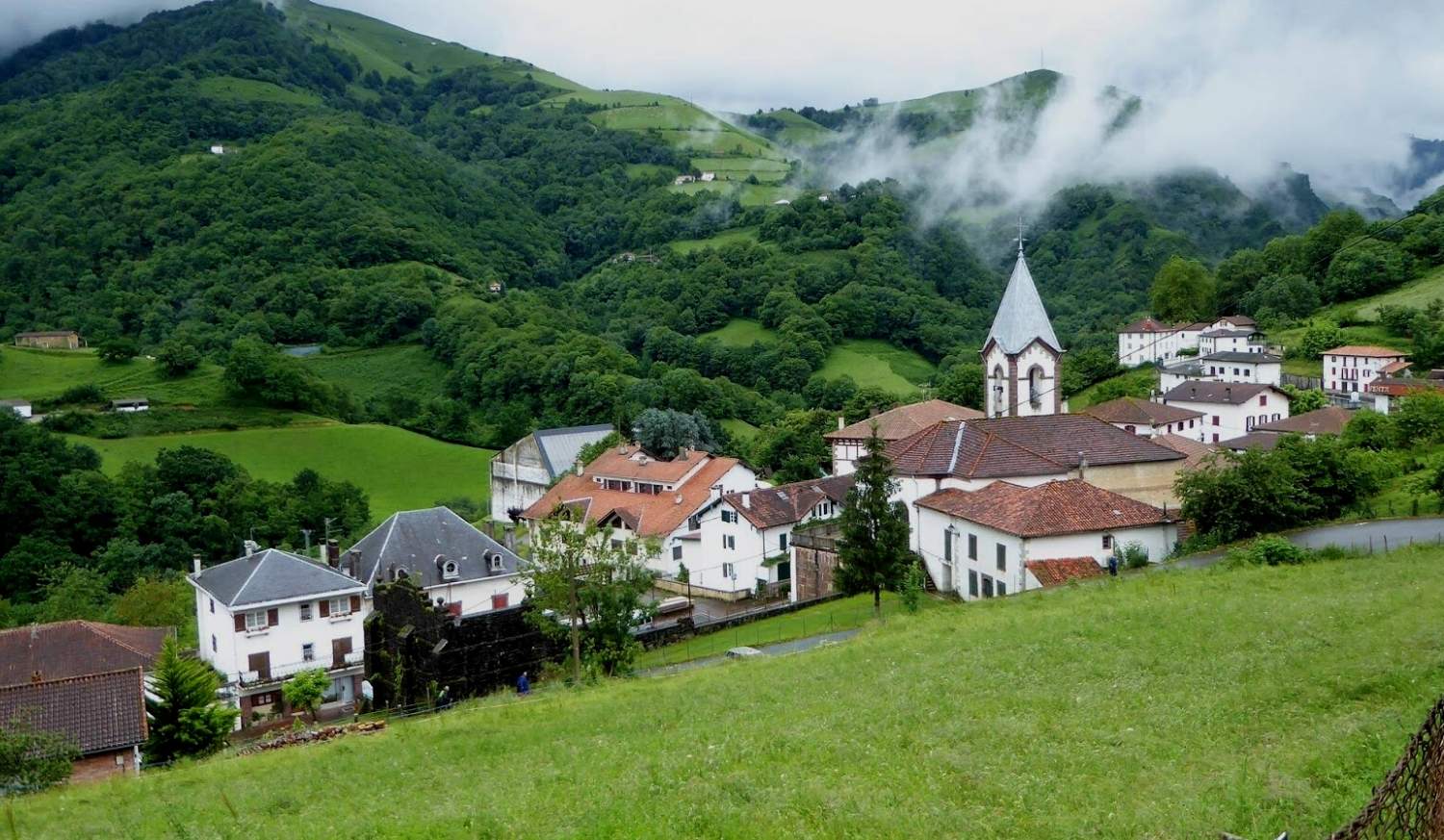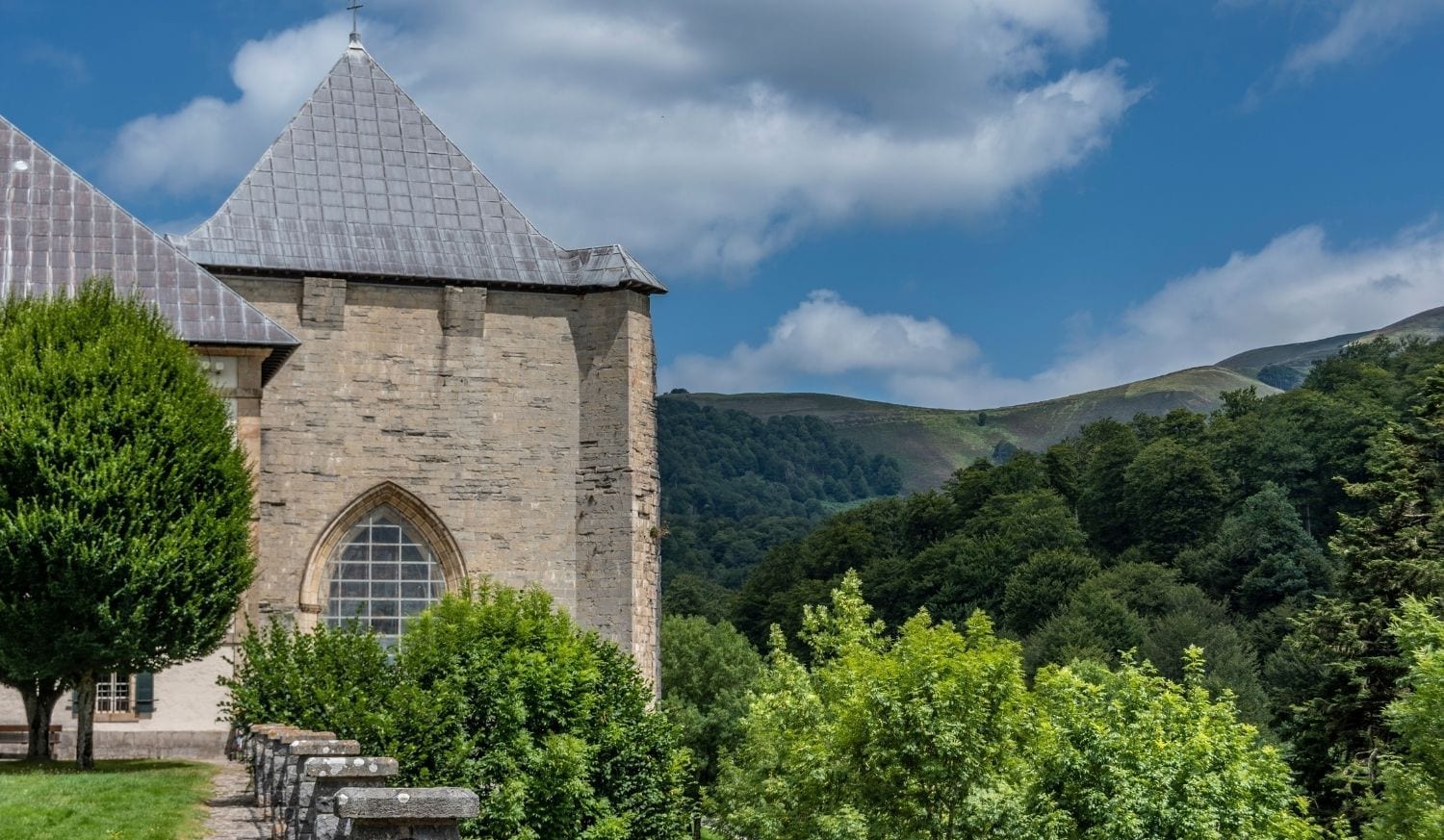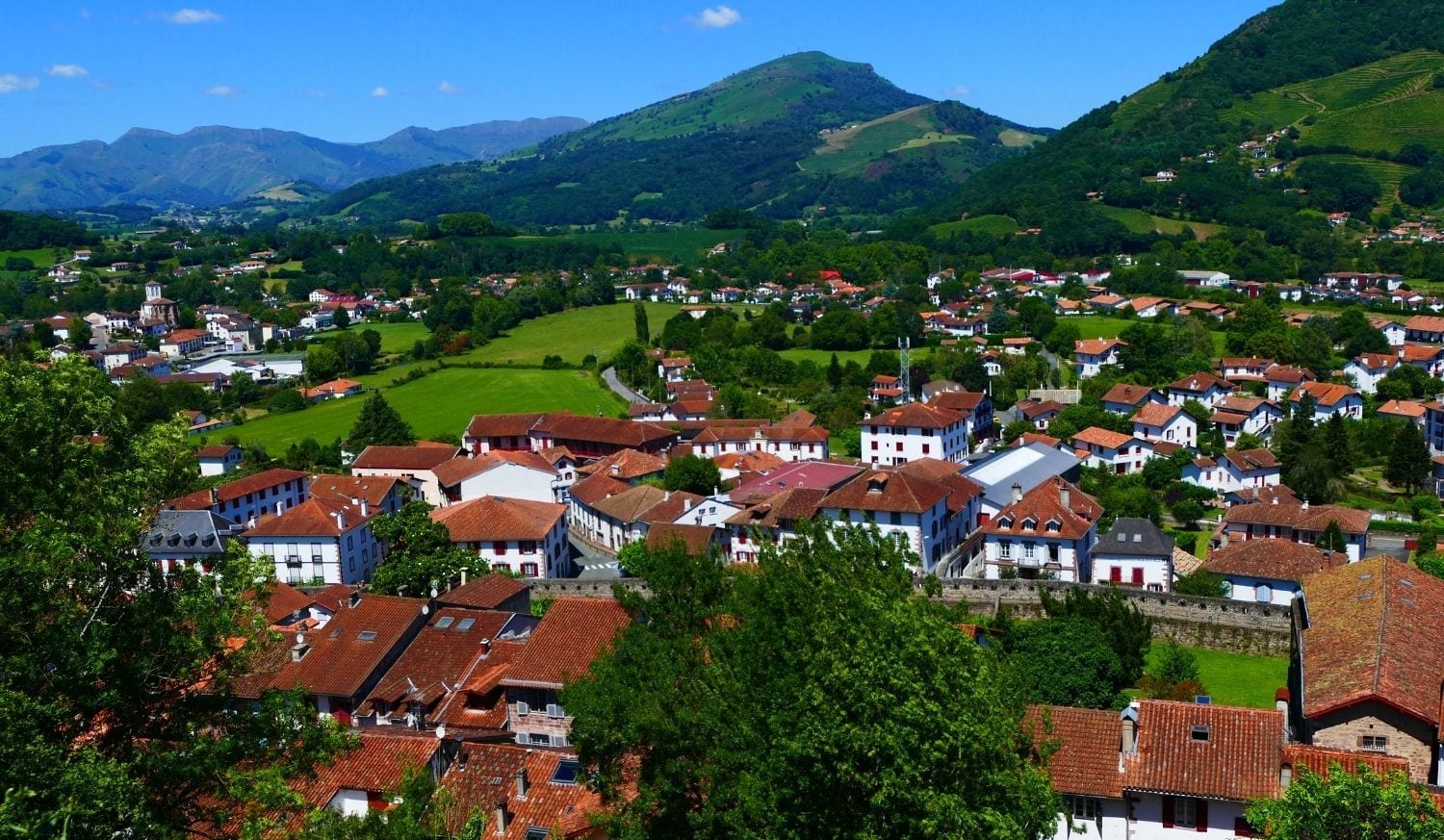Information
We start the French Way with a stage that goes from Saint Jean Pied de Port to Roncesvalles and an important decision to cross the Franco-Spanish border. From Saint Jean Pied de Port there are two options to get to Roncesvalles. We can follow in the footsteps of Napoleon Bonaparte and reach 1,430 meters of altitude, enjoying spectacular panoramic views or opt for the most comfortable and lightweight option that passes through the beautiful town of Valcarlos.
Today’s journey ends in the beautiful town of Roncesvalles, a mythical and legendary place that has seen millions of pilgrims pass over the centuries and also the starting point of the French Way for the less daring.
We start the stage crossing the Puerta de Santiago, in the upper part of the town. This is the traditional passage of the pilgrims who crossed this route to Roncesvalles, and was declared a World Heritage Site by Unesco in 1998. After this, we will cross the Rue d'Espagne, crossing the wonderful river Nive, an ancient place of trade of artisans. Once we leave the bridge, we will venture to start, really, the French Way, saying goodbye to the ancient 17th century Citadel on the hill of Mendiguren. This is where the adventure begins, and where the route forks into two variants:
- Official itinerary: Napoleon Route (25.7 km)
ATTENTION: From November 1 to March 31 the Napoleon Route is closed for safety reasons; it is therefore mandatory to go via Valcarlos. The fine for non-compliance can reach 12,000 euros.
We start our French Way from the medieval bridge over the Nive River and cross the centenary village of Saint Jean, surrounded by its ancient and beautiful wall. We follow the French signs Chemin de Saint Jacques de Compostelle along a rural road that passes through residential areas, such as Iruleya, Erreculus or Huntto, until we reach a spectacular viewpoint.
After leaving Orisson, where there is a bar-restaurant, the mountain road shows us the landscapes of the French Aquitaine. At kilometer 11.3 of the route we can see, if the fog does not prevent us, the Virgin of Biakorri, adorned with flowers, necklaces, crosses, shells and other pilgrim offerings.
After descending to Arnéguy we see next to the right shoulder a stone cairn with a carved wooden sign with the inscription Roncevaux/Orreaga. We leave the road and go through the mountain. We pass by the cross of Thibault and walk under the slopes of the Leizar Atheka peak towards the Bentarte pass, where we find the Fuente de Roldán. Already entering Navarra, the road continues to climb steeply up to 1430 meters to reach the pass of Lepoeder, the highest point of the stage.
From this point to reach Roncesvalles we have two well signposted options:
We can take the shorter option on the left and ride 3.6 km to Roncesvalles which, despite having steep slopes passes through the Don Simon forest. The option on the right goes through the Ibañeta pass, where the chapel of San Salvador is located and is only 400 meters longer.
- By-pass through Valcarlos (23.4 km)
With a more affordable challenge and slightly less ambitious views, we find the Variante through Valcarlos. This variant is the mandatory variant in winter due to snowfall, as well as the proximity to the national road. It is a safer route, especially under stormy and adverse conditions, or under the pilgrim's own physical condition.
We leave Saint Jean crossing the river Nive, following the signs until we reach the national road and the Route d'Arneguy. We continue on the road and take a paved track that crosses the river over a bridge. After 7 km of walking we arrive at Ventas de Arnéguy, on the border of Spain with France, where we can take advantage of its numerous stores, bars and restaurants to stop.
We cross the border and enter Spain. In front of Venta Peio we continue to the right on a dirt track that in just under a kilometer takes us to the center of Arnéguy. We cross again the river and the border to continue along a paved road, a beautiful stretch that climbs through lush forests until we reach Ondarolle, where we see Valcarlos from the viewpoint. We go down to the river and cross over a footbridge until we reach Valcarlos.
We leave Valcarlos by the N-135 road and descend to the small village of Gainekoleta. We continue along a path that returns to the national road and we alternate until we leave it on the left.
After an ascent, we reach the top of the Puerto de Ibañeta, where the legend places the Battle of Roncesvalles and, in his memory, a monolith was erected. We also find the modern chapel of San Salvador, whose bell served as a beacon for pilgrims disoriented by the fog.
After passing the Bird Migration Center, we descend through a beech forest, listening to the Otezul River in the background, until we reach Roncesvalles and put an end to our first stage.
To be taken into account
In France, the Camino is signposted with GR-65 markings in red and white, although there are also some yellow arrows.
If you are not used to long hikes in the high mountains, we recommend that you completely discard the stage along the Napoleon Route and opt for the variant of Valcarlos or start the Camino in Roncesvalles.
There is the possibility of dividing the stage into two sections. Overnight in the refuge of Orisson (essential to book in advance); from Saint Jean Pied de Port it is only a two-hour walk in great ascent with a difference in altitude of 628 meters, perfect to do in the afternoon and continue the route the next day.
The variant by Valcarlos has a positive difference in altitude of 885 meters, runs through the valley of Valcarlos, always near the national road, at a lower altitude than the main road by Honto. In case of snow or bad weather forecasts it is the most sensible option, although its attractiveness is somewhat lower.
Lugares de interés
- Ciudadela – Saint Jean Pied de Port
- Puerta de Saint Jacques – Saint Jean Pied de Port
- Iglesia de Notre Dame – Saint Jean Pied de Port
- Virgen de Biakorri – Ruta de Napoleón
- Fuente de Roldán – Ruta de Napoleón
- Iglesia de la Asunción – Arnéguy.
- Iglesia Santiago Apóstol – Valcarlos.
- Monumento al peregrino de Jorge Oteiza – Valcarlos.
- Puerto de Ibañeta
- Capilla de San Salvador
- Silo de Carlomagno – Roncesvalles
- Iglesia Colegiata de Nuestra Señora de Roncesvalles Roncesvalles
Typical dishes
- D.O. Ossau – Irati, Roncal or Idiazabal cheeses
- Stews in clay pots
- Trout stuffed with ham
- Chistorra
- Tortas Txantxigorri
- Pacharán, cider and wine
Photos
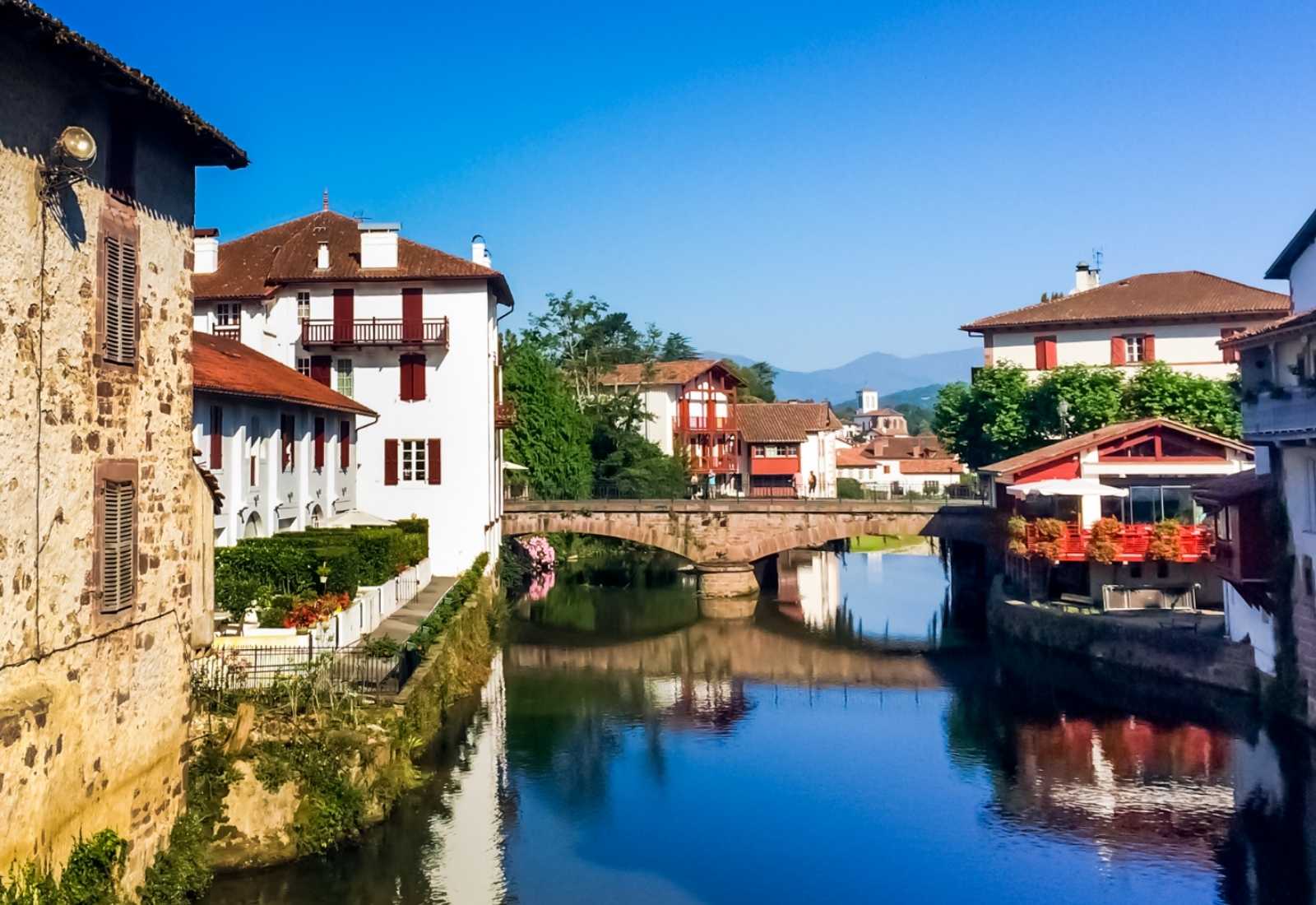
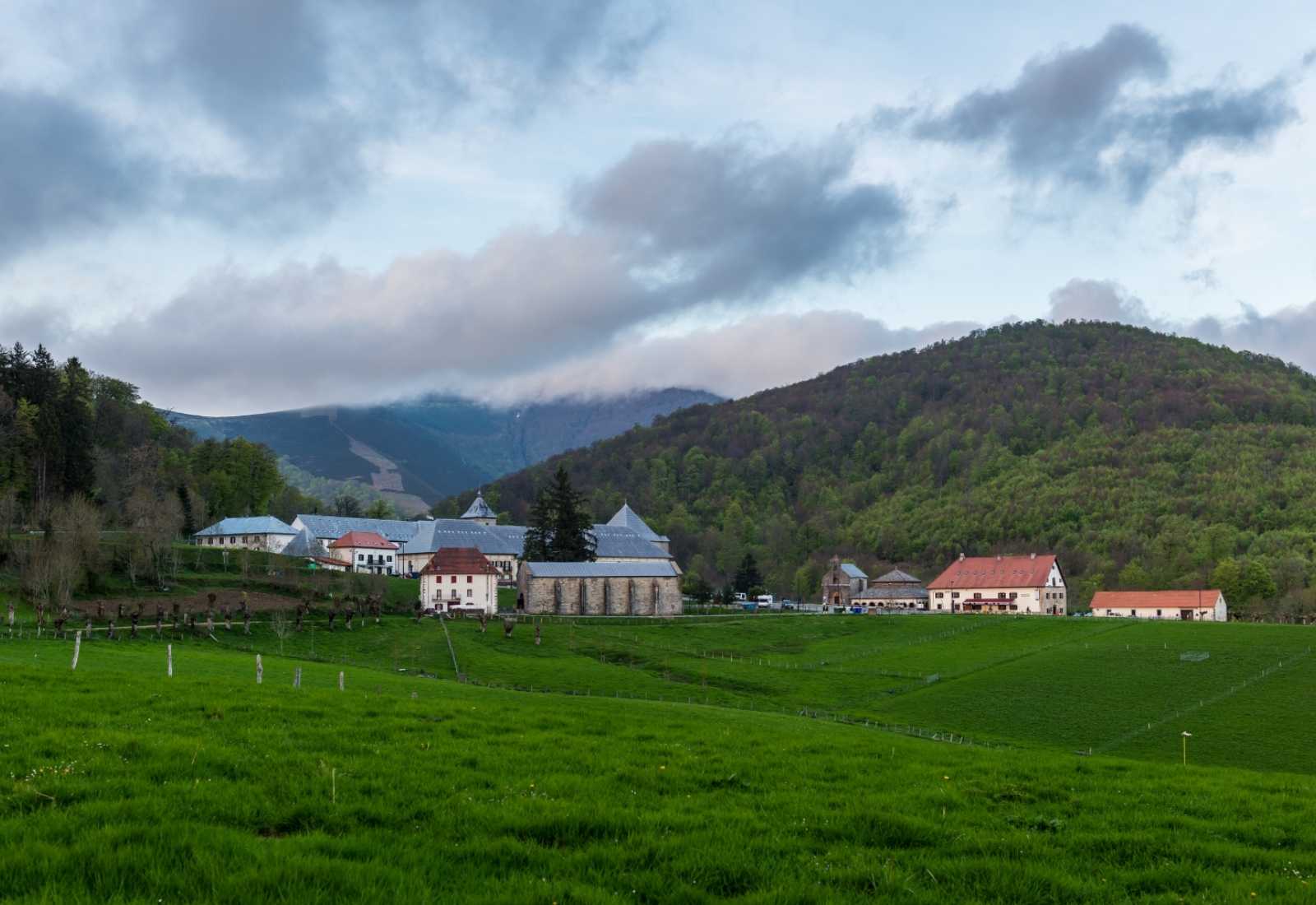
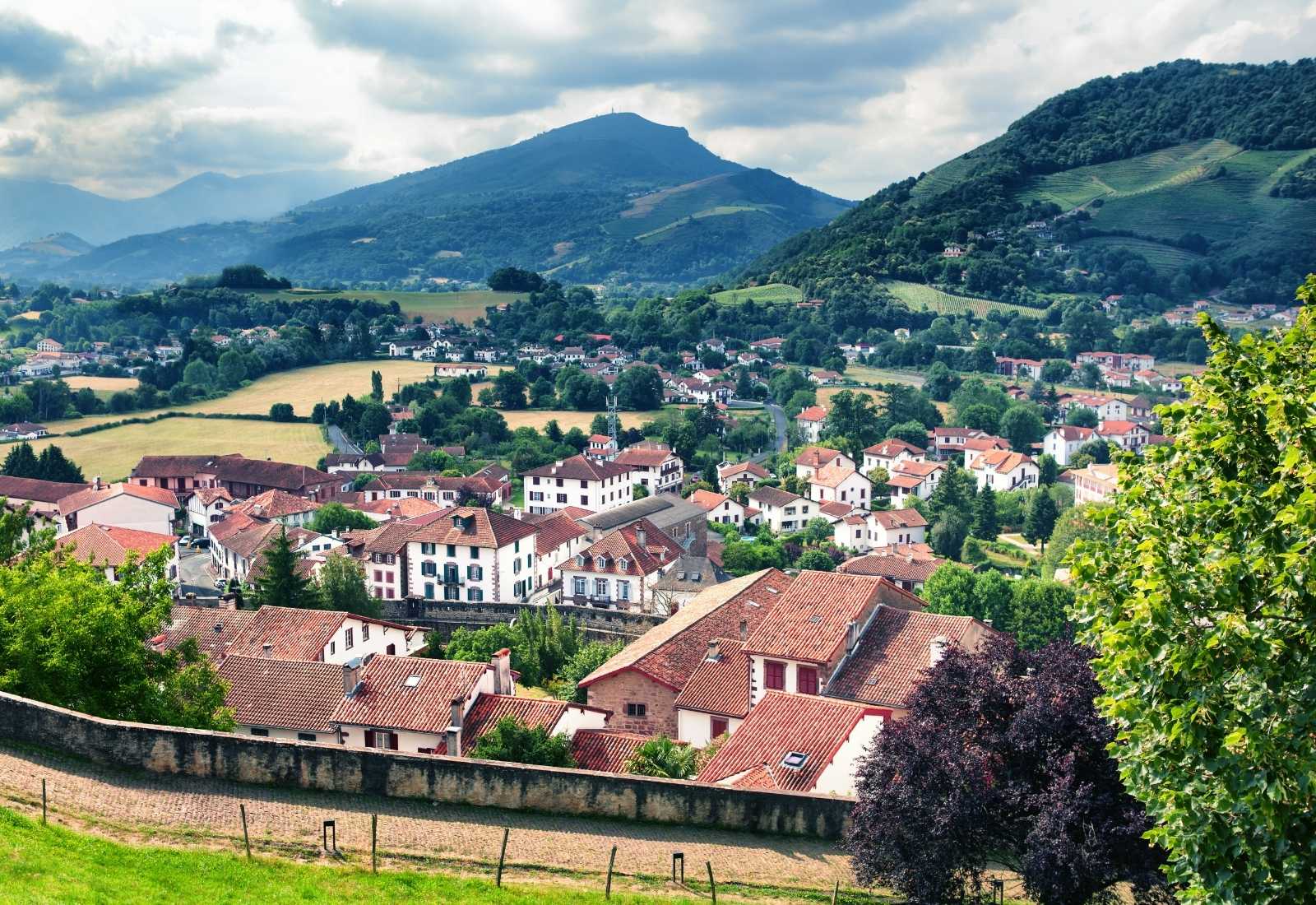
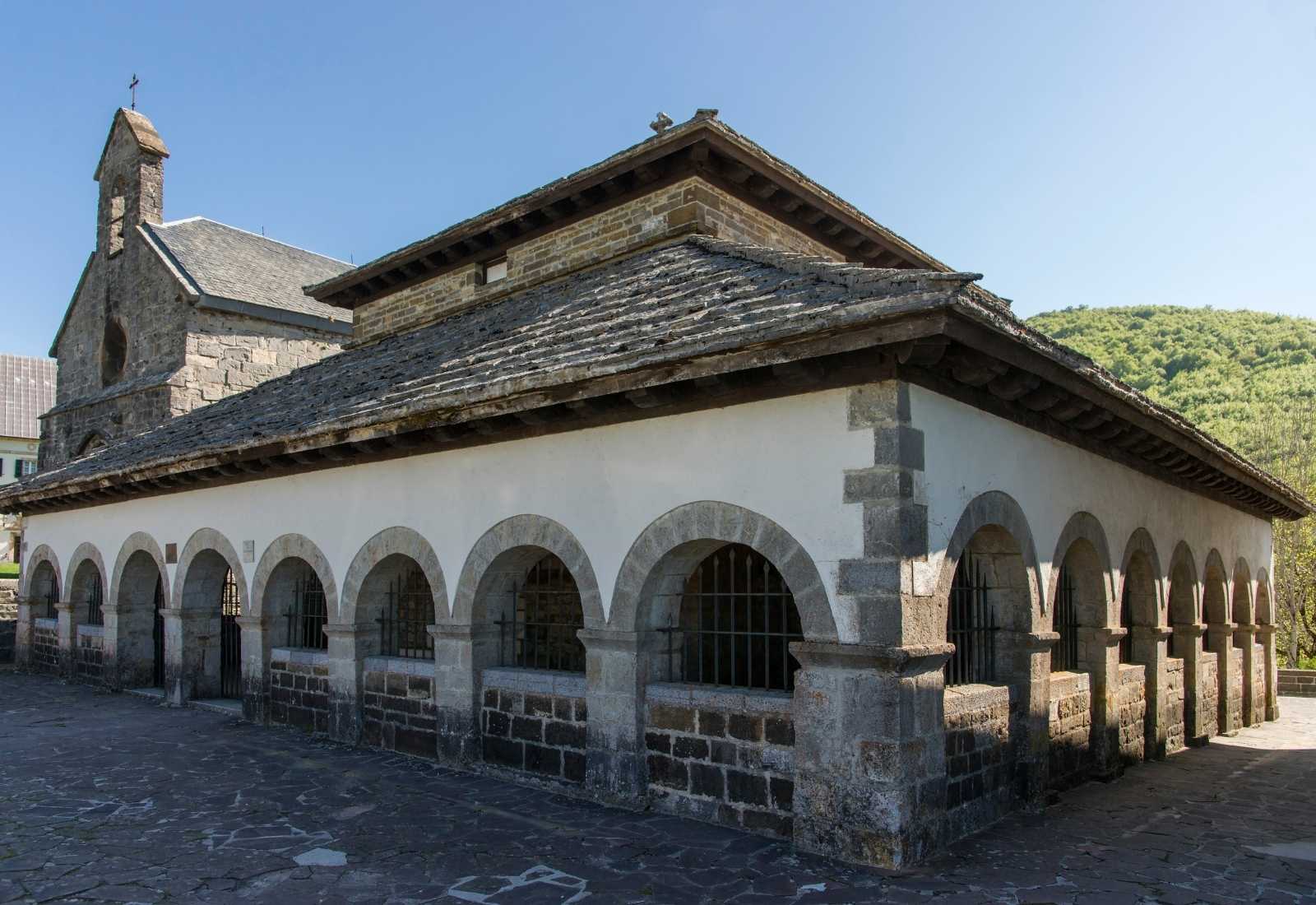
Hostels
Pilgrims' hostel of Roncesvalles
Address: Real Colegiata de Roncesvalles 31650 Roncesvalles – Navarra
Phone: (+34) 948 760 000
Refuge Accueil Paroissial
Address: Rue d’Espagne, 43 64220 Saint-Jean-Pied-de-Port (Francia).
Phone: +33 5 59 37 65 17
Email: luzaide-valcarlos@wanadoo.es
Web: Unavailable


